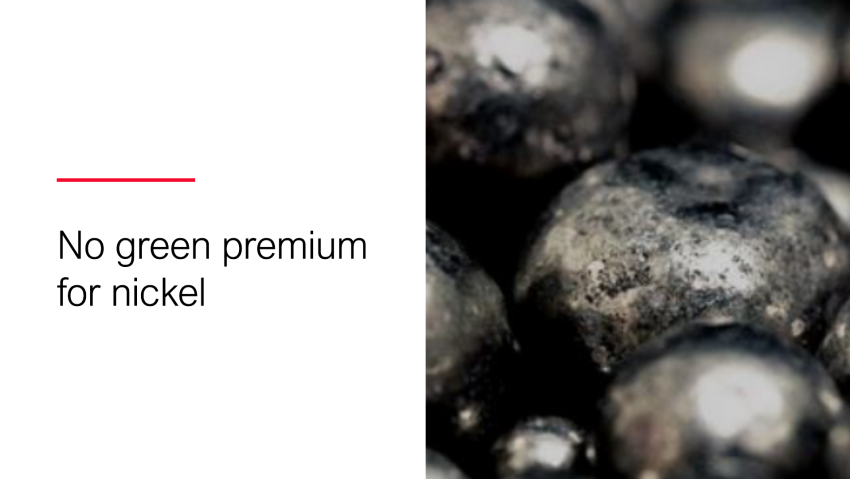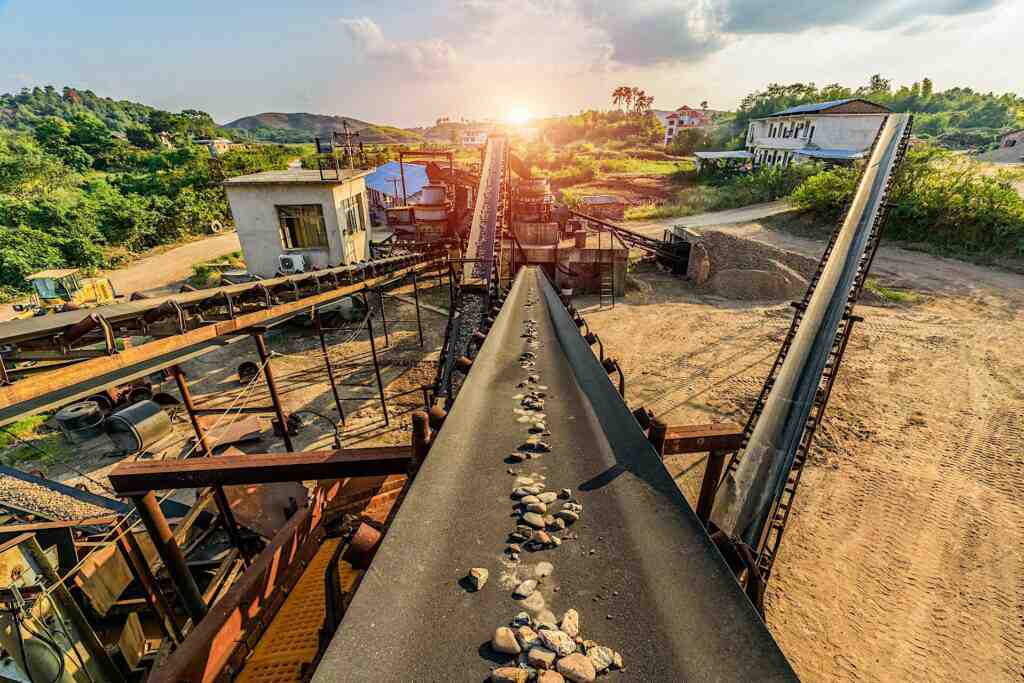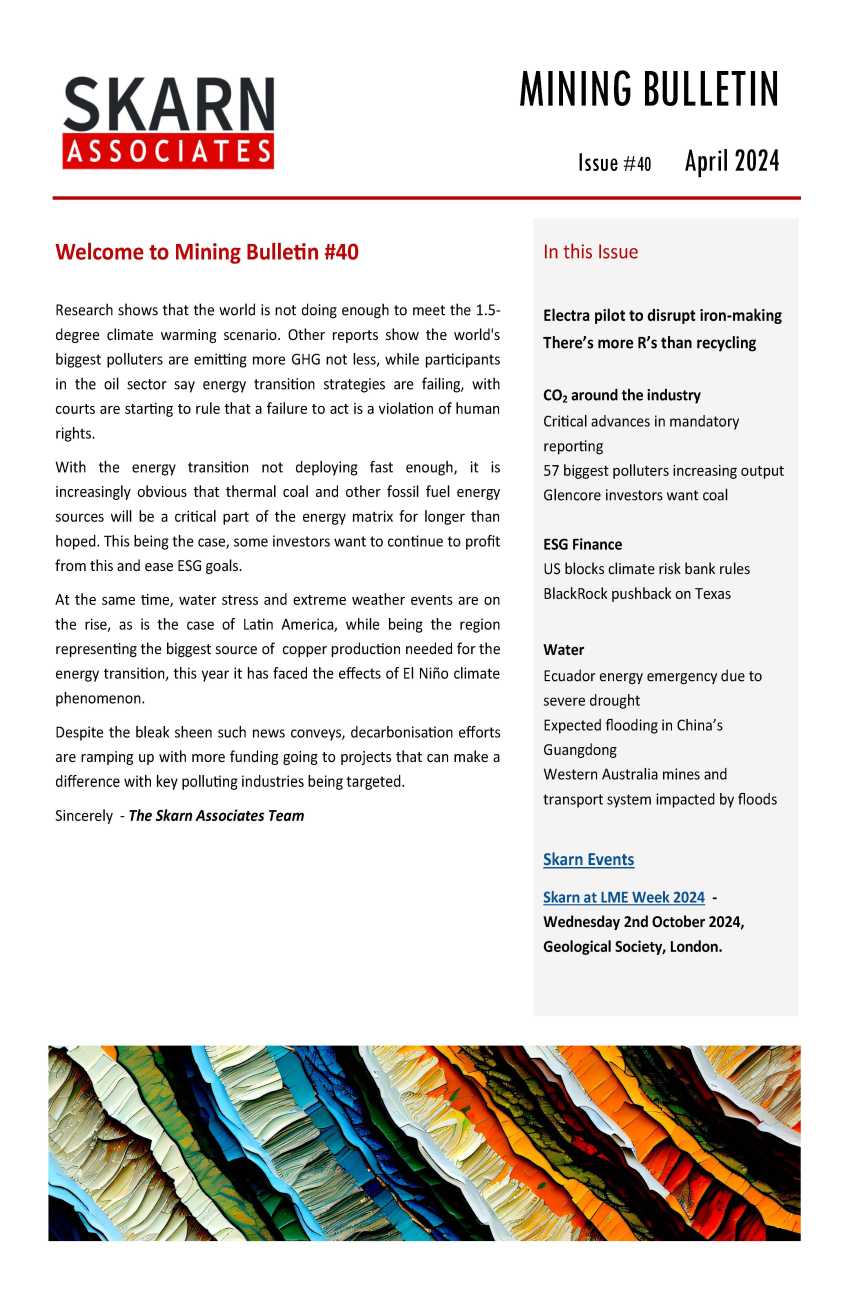
Depending on who you talk to, the dream metals producers have of being able to obtain a green premium for producing low carbon metals, may be nothing more than that, a dream, but initiatives are underway that will prove the point one way or another.
At the recent 2024 Prospectors and Developers Association Conference (PDAC) in Toronto, Canada, Rio Tinto Chief Executive Jakob Stausholm said that while the mining sector is generating benefits, this is not being recognised by the capital markets. “The capital markets are not rewarding low-carbon operations. If the world really wants to decarbonise the world, it will have to put some kind of value on it, otherwise the capital system will not work towards carbon pricing, whether that's driven by consumers with a tax incentive, or whatever is [the solution],” he said.
In a PDAC presentation entitled ‘Why the nickel market sucks’ Joe Mazumdar of Exploration Insights, said that Western companies hope of competing with low-cost Indonesian nickel have become little more than a pipe dream, with Indonesian production forcing an increasing number of producers to curtail output and put their operations on care and maintenance. “Green nickel does not exist as a premium, no one will pay you for it,” he said.
Chile’s state copper company, Codelco, one of the world’s largest copper producers, abandoned its plan to seek premium pricing for low carbon copper in 2019, stating that it would struggle to guarantee its copper's sustainability once it left the mine to be melted down and taken to market. Nickel would face similar issues.
LME
The market’s unwillingness to reward metals producers with premia for supplying clean, green metals is seeing producers turn their attention to the London Metal Exchange to create differentiated pricing for nickel products.
Andrew Forrest, Chair of Fortescue Metals Group, is a leading voice pushing the LME to distinguish between the cleaner nickel sulphide class 1 products and more contaminating nickel laterite class 2 products. Forrest argues that while they are both nickel, they are not the same product due to their different environmental impacts.
The inability to differentiate cleaner nickel products traded on markets such as LME is one of the reasons that saw nickel prices fall 40% in 2023 as a flood of cheap Indonesian nickel hit the market. Several higher cost nickel producers, including BHP, have responded by mothballing production, as has First Quantum Minerals, whilst Glencore is to sell its Koniambo Nickel joint venture in New Caledonia.
Metal producers argue that if energy transition technologies, such as lithium-ion batteries for electric vehicles, are to utilise ‘clean’ raw materials, the producers need to be rewarded for providing them. Whether the LME will listen is another matter given that the lithium-ion battery market is a tiny market for nickel, whose principle use is in stainless steel, a very commoditised market. In 2021, stainless steel represented 69% of nickel demand, while battery precursors just 7%.
The LME may also be reluctant to meddle in the market having spent much of the last two years trying to rebuild its credibility following a March 2022 decision to cancel US$12B in nickel trades after a short squeeze sent the nickel price to $100,000/t. Then again, maybe a clean nickel contract would help.
Although metals customers or consumers of goods are not prepared to pay premium pricing for low-carbon metal, having a low-carbon footprint is becoming a qualifying aspect and prerequisite to get into the sales room, and long before that, the financing room in order to be able to raise development funds.
Aside from the LME, other green nickel price premia initiatives are underway. On 26th March 2024, price reporting agency Fastmarkets published a proposal to launch a low-carbon nickel briquette premium, incorporating guidance provided by Skarn Associates on the carbon intensity benchmark under which ‘low carbon’ will be defined. Skarn has proposed an E1 emissions intensity ceiling of 18t CO2e/t Ni, which would make around 750kt or just over 30% of global production eligible for the premium.
For more details see: https://www.fastmarkets.com/insights/proposal-to-launch-low-carbon-nickel-briquette-premium-cif-global/
MORE FROM SKARN

About Us
Skarn Associates is the market leader in quantifying and benchmarking asset-level greenhouse gas emissions, energy intensity, and water use across the mining sector.
